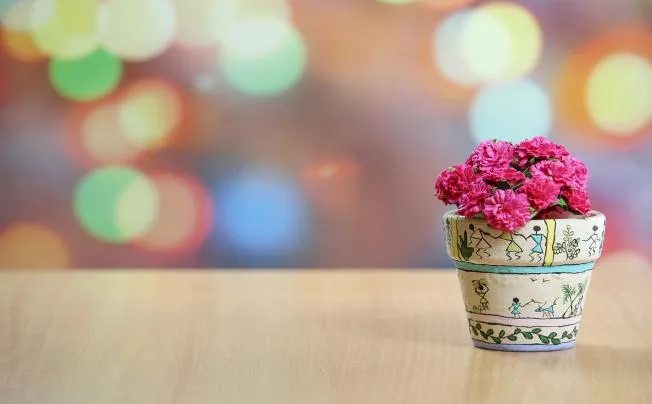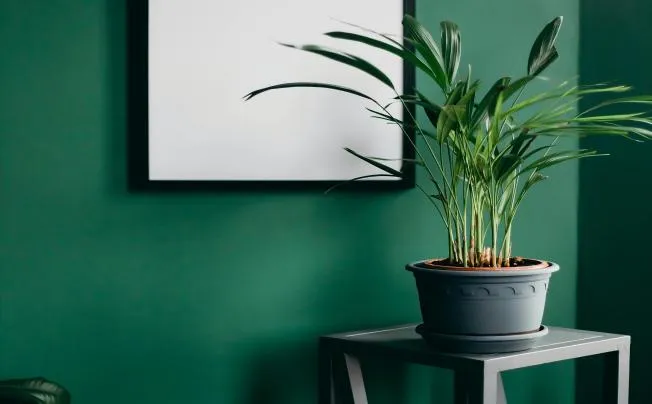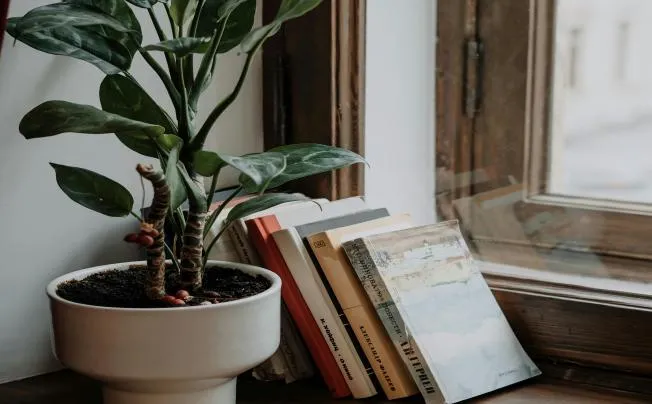Does Stainless Steel Flower Pot Corrode In Soil?
Flower pots made of stainless steel are popular among gardeners. Even though stainless steel flower pots are highly resistant to corrosion, there are still some things that can make them erode in the soil.
How to judge whether the stainless steel flower pot is corroded?
1. Method of appearance observation: Pay close attention to the stainless steel flower pot's surface. Corrosion may be indicated if you notice any colour changes, such as black or rust stains, or if the surface becomes dull and loses its natural lustre. Additionally, look for any visible tiny cracks, holes, or depressions on the flower pot's surface that might be the result of corrosion. For instance, you should be on the lookout for corrosion if you notice a few tiny brown spots on the flower pot's surface that are impossible to remove.
2. Surface touch technique: Using your hand, gently touch the flower pot's surface to check for smoothness; if you feel rough, granular, or uneven areas, corrosion may have altered the surface structure. Normally, a stainless steel flower pot's surface should be flat and smooth; if this isn't the case, additional examination is necessary.
3. Structural examination method: Examine the flower pot's general stability and look for any looseness or deformation. Stainless steel's strength may be diminished by corrosion, which might also make the flower pot's structure unstable. For instance, give the flower pot a gentle shake. Corrosion may be the cause if the flower pot seems less stable than it did previously or if you notice that the bottom and edge are somewhat distorted.
4. Use instruments to detect corrosion: If you are still unsure whether the stainless steel flower pot is corroded, you can use certain expert tools to find out. For instance, by measuring characteristics like the metal's resistance and potential, a portable metal corrosion detector may precisely identify the presence of corrosion and its extent. Additionally, you can use an endoscope to make sure that no rust is missed in areas that are hard to see with the naked eye, such the edges of the flower pot.

How to prevent stainless steel flower pots from corroding in soil
1. Select the appropriate stainless steel material: Prioritise stainless steel flower pots made of 304 and 316 stainless steel, which have larger percentages of chromium and nickel. 18% chromium and 8% nickel make up 304 stainless steel, which is resistant to corrosion and suitable for a variety of soil conditions. Because of this, 316 stainless steel also contains the element molybdenum, which enhances its resistance to pitting and corrosion. This makes it ideal for locations with high soil corrosion or coastal regions.
2. Apply protective coating: One efficient way to prevent corrosion on the surface of stainless steel flower pots is to apply protective coating. For instance, nano coating is a technique that combines nanomaterials with the surface of stainless steel using nanotechnology. It can create a thick layer of protection on the flower pot's surface, preventing direct contact between the substrate and the external corrosive medium and greatly enhancing the flower pots' resistance to corrosion from stainless steel. It not only prevents water, oil, stains, acid, and alkali from eroding the flower pots, but it also increases their hardness and resilience to wear, which lessens wear and scratches.
Additionally, certain unique anti-corrosion coatings, such zinc-rich coatings, can offer good protection for flower pots made of stainless steel. On the surface of stainless steel, the zinc powder in the zinc-rich paint can create a protective sacrificial anode layer. The zinc powder will deteriorate first in the presence of a corrosive media, safeguarding the stainless steel substrate.
3. Install an inner liner: By putting a plastic or fibreglass inner liner inside a stainless steel flower pot, you can shield the steel from the dirt and lessen the chance of corrosion. Because of its low cost and degree of flexibility, the plastic liner can be used in flower pots of various shapes. Because of its superior strength and resistance to corrosion, the fibreglass inner liner may offer the flower pots more dependable protection.
4. Optimise the planting environment: Recognise the soil's pH and make the necessary corrections to maintain it within the range that is ideal for plant growth, which is often between 6.5 and 7.5. By adding materials like sulphur, lime, or organic fertilisers, the pH of the soil can be changed. Enhancing soil drainage and aeration is also essential at the same time. To avoid water collecting, make sure the pot has enough drainage holes at the bottom. The porosity of the soil can be increased, air permeability and drainage can be improved, and the risk of corrosion from a humid environment can be decreased by adding the right amount of perlite, vermiculite, and other granular elements.

Daily maintenance points for stainless steel flower pots
Frequent cleaning: To get rid of dust, stains, and debris, occasionally wipe the stainless steel flower pot's surface with a soft, damp cloth. To prevent destroying the passivation coating on the flower pot's surface, stay away from using detergents that contain abrasives and bleaching agents. Use a specific stainless steel cleanser or mild soapy water to remove tough stains, then rinse with fresh water.
Prevent scratching: To avoid damaging the passivation film on the surface of stainless steel flower pots, take care not to bump against or scratch them with hard or sharp objects when using and transporting them. To lessen friction with the floor or tables, cover the flower pot's bottom with rubber or plastic pads.
Avoid water buildup: To prevent water buildup from overwatering, make sure the flower pot's bottom drainage holes are clear. Long-term water buildup in the flower pot will lengthen the duration that the stainless steel and water come into contact, hastening deterioration. Make sure to promptly drain any surplus water from the tray after each watering.
Frequent inspection: Look for indications of corrosion, deformation, or damage on the stainless steel flower pot's surface and structure on a regular basis. In the event that issues are discovered, prompt action should be taken to address them, such as changing the inner tank or fixing the coating.
Special circumstance handling: The frequency of cleaning and inspection can be suitably increased if the stainless steel flower pots are exposed to a harsh or humid environment for an extended period of time, such as next to chemical plants or the sea. The flower pots can be brought indoors or heated if the cold temperatures in the winter could harm them.

Selected Blogs
-
What customization services are available for metalworking customization?
2024-12-12
-
What Is The Difference Between A Plant Container And A Raised Bed?
2024-04-23
-
Garden Screening & Fence Panels
2024-04-23
-
Gardening pot selection tips
2024-04-17
-
The function and collocation of horticultural fire pot
2024-04-17


